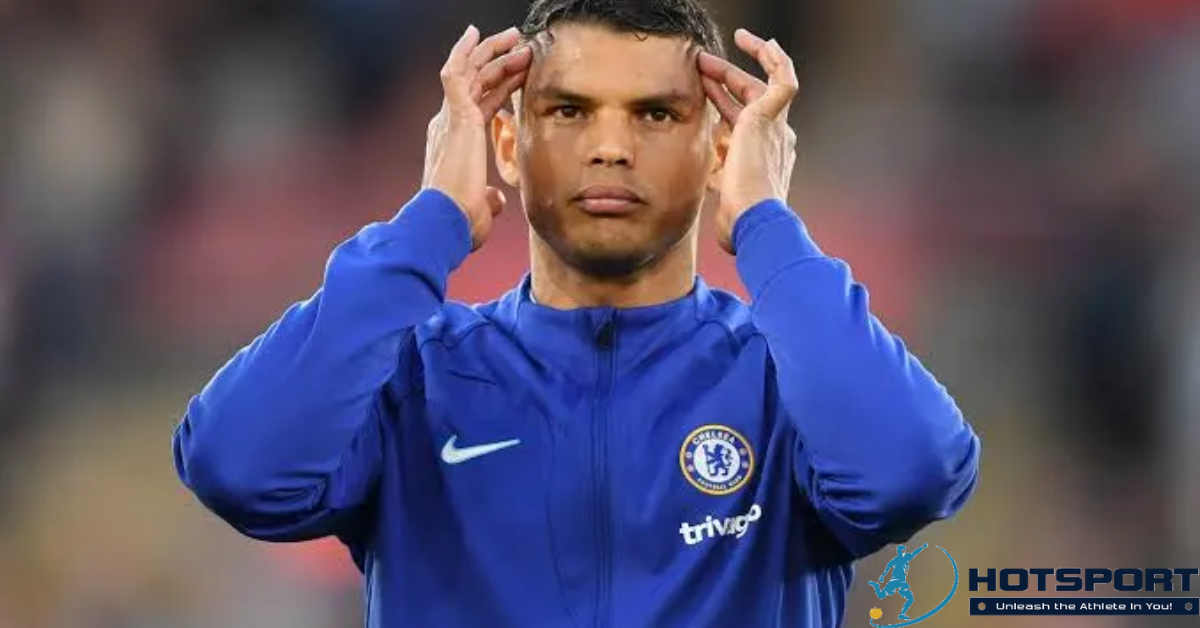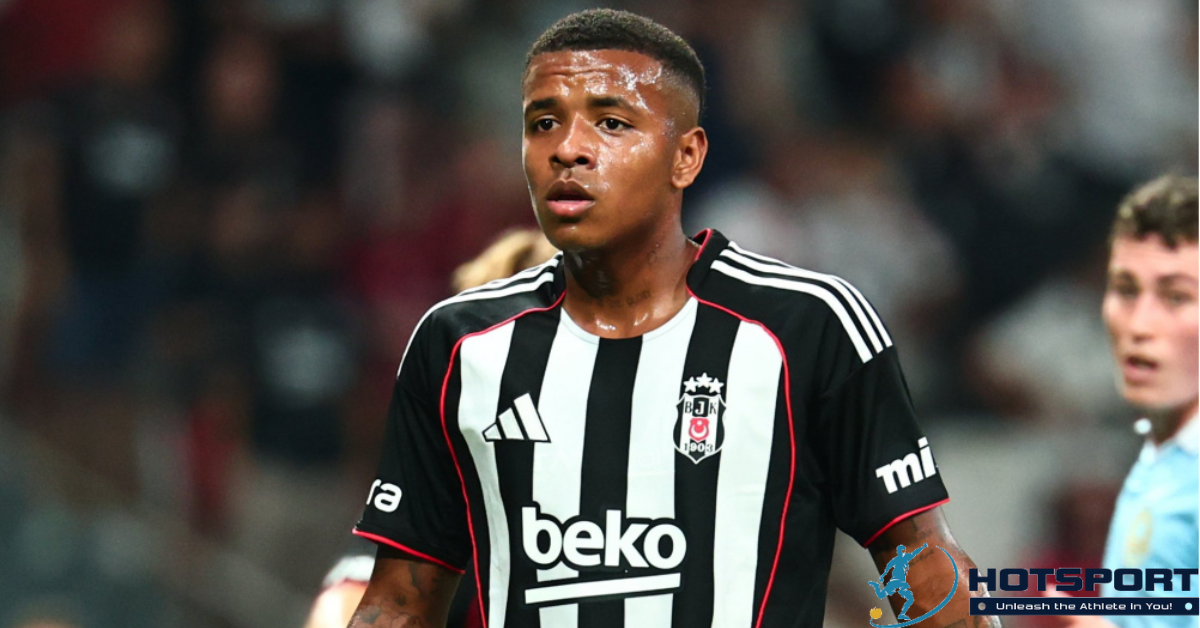FIFA Club World Cup: A History of Glory and Global Competition
The FIFA Club World Cup is one of football’s most prestigious tournaments, bringing together continental champions in a competition that crowns the best club on the planet. Since its inception, the tournament has been a stage for unforgettable moments, fierce rivalries, and celebrations that transcend borders. In this approximately 2,000-word article, we explore the history, formats, the triumphs of Brazilian clubs, and the passion surrounding the Club World Cup, presented in an engaging narrative in Brazilian Portuguese translated into English.
Origins of the Club World Cup
The Club World Cup has its roots in the desire to determine the world’s best team, pitting the giants of European and South American football—and later, other continents—against each other. The competition has evolved over time, taking on different names and formats, but always driven by a spirit of excellence.
The First Edition: Copa Rio Internacional of 1951
The history of the Club World Cup officially began in 1951 with the Copa Rio Internacional, organized in Brazil. Though not universally recognized as a World Cup, the tournament brought together elite clubs from Europe and South America, including Palmeiras (Brazil), Juventus (Italy), and Nacional (Uruguay). Palmeiras claimed the title in 1951, defeating Juventus in the final, a historic achievement that marked the club as the first world champion.
This inaugural competition was a milestone, proving that South American football could rival Europe in quality and passion. Brazil, as the host nation, celebrated Palmeiras’ success, which remains a source of pride for the club to this day.
The Intercontinental Cup (1960–2004)
From 1960, the tournament took on a new format with the Intercontinental Cup, which pitted the winners of the Copa Libertadores (South America) against the UEFA Champions League (Europe). Played as a two-leg tie, the competition was marked by intense and often controversial clashes.
Brazilian clubs such as Santos, Flamengo, Grêmio, and São Paulo shone during this era. Santos, led by Pelé, won in 1962 and 1963, cementing the supremacy of Brazilian football at the time. In 1981, Flamengo, powered by Zico, defeated Liverpool 3-0 in a memorable performance, while São Paulo, with Raí, claimed the title in 1992 against Barcelona.
The Intercontinental Cup, however, faced challenges, including cultural differences and heated rivalries that sometimes led to violent matches. Despite these issues, the tournament was eagerly anticipated by fans worldwide.
The Modern Format: FIFA Club World Cup
In 2000, FIFA took over the organization of the tournament, creating the FIFA Club World Cup in an expanded format. The first edition, hosted in Brazil, included clubs from all continents, with Corinthians emerging as champions after defeating Vasco da Gama in a packed Maracanã stadium. This marked the first time a Brazilian club won the World Cup under FIFA’s banner.
Expansion and Globalization
From 2005, the Club World Cup adopted a more structured format, featuring the champions of six confederations: UEFA (Europe), CONMEBOL (South America), AFC (Asia), CAF (Africa), CONCACAF (North, Central America, and Caribbean), and OFC (Oceania), plus a representative from the host nation. The tournament became an annual event, typically held in December, in a neutral country.
The new format brought greater diversity but also highlighted the technical disparity between clubs from different continents. European and South American teams often dominate the finals, with rare exceptions like TP Mazembe (Congo) reaching the final in 2010 or Al Ain (United Arab Emirates) doing so in 2018.
Brazilian Participation in the Modern Club World Cup
Brazilian clubs have continued to make their mark in the FIFA Club World Cup, with moments of glory and occasional disappointments. São Paulo won in 2005, defeating Liverpool 1-0 with a goal from Mineiro. Internacional shocked Barcelona in 2006, winning 1-0 in a historic match. In 2012, Corinthians reclaimed the world title, defeating Chelsea 1-0, with a goal from Guerrero and a heroic performance by goalkeeper Cássio.
However, not all Brazilian clubs have succeeded. Atlético Mineiro (2013) and Flamengo (2019) reached the final but were defeated by European opponents, highlighting the growing dominance of UEFA clubs in the tournament.
Iconic Moments in the Club World Cup
The Club World Cup is filled with moments etched in the memories of fans. Below, we highlight some of the most iconic moments involving Brazilian clubs.
Pelé and Santos (1962 and 1963)
Santos, led by Pelé, dominated world football in the 1960s. In 1962, the club defeated Eusébio’s Benfica 3-2 in the Intercontinental Cup final, with two goals from the King. The following year, Santos overcame Milan in a three-match series, showcasing the strength of Brazilian football.
Flamengo 3-0 Liverpool (1981)
In 1981, Flamengo, powered by Zico, delivered one of the greatest performances in Club World Cup history. Against a formidable Liverpool side, the Rubro-Negro won 3-0, with goals from Nunes (two) and Adílio, in a dazzling display that captivated the world.
Corinthians vs. Chelsea (2012)
The 2012 final between Corinthians and Chelsea was one of the most thrilling moments in the modern Club World Cup. With a passionate fanbase that invaded Japan, Corinthians won 1-0, with Guerrero scoring the decisive goal. Cássio’s miraculous saves in goal were crucial to the victory.
The Importance of the Club World Cup for Brazilian Clubs
For Brazilian clubs, the Club World Cup is more than a tournament—it’s a matter of honor. Winning the World Cup means etching a club’s name in history alongside legends like Pelé, Zico, and Romário. The competition also provides a platform to showcase Brazilian football’s strength on a global stage.
Impact on Fans
Winning the Club World Cup creates a unique bond with fans. When Corinthians won in 2012, millions of supporters took to the streets to celebrate, reinforcing the pride of being “Corinthiano.” Similarly, Flamengo’s 1981 victory over Liverpool remains one of the club’s greatest achievements, celebrated to this day.
Player Recognition
The Club World Cup also serves as a showcase for players. Standout performances, such as Cássio’s in 2012 or Adriano’s in 2006 for Internacional, elevate players’ profiles, attracting attention from foreign clubs and increasing their market value.
Challenges and Criticisms of the Club World Cup
Despite its significance, the Club World Cup faces criticisms and challenges. Many European fans consider the tournament less prestigious than the UEFA Champions League, while in South America, it is treated as an obsession. This difference in perception fuels debates about the tournament’s legitimacy.
Technical Disparity
The dominance of European clubs in recent editions, such as Real Madrid, Bayern Munich, and Manchester City, reflects the financial investment and professionalism in European football. South American clubs, including Brazilian ones, struggle to compete with such disparate budgets.
Tight Schedule
Another point of criticism is the schedule. For South American clubs, the Club World Cup comes at the end of their season, when players are exhausted. European teams, in the middle of their season, often arrive in better physical condition, which can influence results.
The Future of the Club World Cup
FIFA plans to revamp the Club World Cup starting in 2025, introducing a new format with 32 teams, held every four years, similar to the FIFA World Cup for national teams. The tournament will be hosted in the United States, promising greater competitiveness and global visibility.
Expectations for Brazilian Clubs
With the expanded format, Brazilian clubs like Flamengo, Palmeiras, and Corinthians will have more opportunities to participate and compete for the title. The new format may also level the playing field, giving clubs from Asia and Africa greater chances.
Impact on Global Football
The revamped Club World Cup has the potential to transform club football, fostering interaction between different cultures and playing styles. For Brazil, it will be an opportunity to reaffirm its tradition as a footballing powerhouse.
Conclusion
The FIFA Club World Cup is a celebration of football in its most global form. For Brazilian clubs, it’s a chance to write their names in history by facing the world’s best. From Pelé to Guerrero, from Zico to Cássio, the tournament has delivered moments that have thrilled millions of fans. With the new format starting in 2025, the Club World Cup promises to remain a stage for glory, passion, and rivalry. Here’s to more triumphs for Brazilian football!



